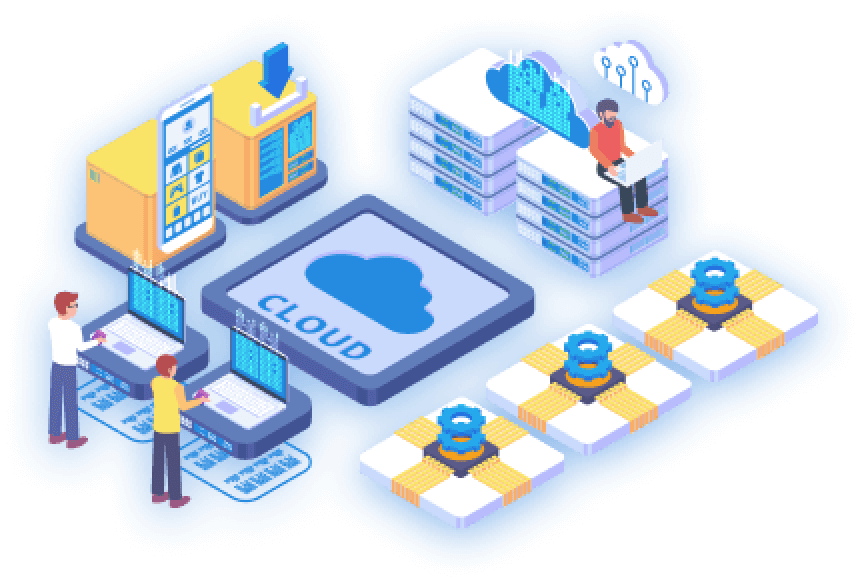Do you happen to have your own personal/ business website? Yeah, having a free wordpress blog counts too. Assuming you have a number of visitors coming to your website every month, your website will slow down as traffic increases.
This occurs to e-commerce websites frequently. Due to limited time promotions and offers, e-commerce websites tend to be flooded with customers trying to grab their favorite product labeled ‘30% discount’.
Thousands Lost in Seconds
Have you tried clicking into an anonymous website linked from Google when trying to look for information? Now imagine if this website loaded more than 3-5 seconds… would you click on the ‘close tab’ button and move on?
From an end-user’s standpoint, a website’s loading speed is an entry point towards any sort of information or sales offer on the other end. Visualise the amount of profit lost simply due to the fact that your website has a slow loading speed. Let that sink in for a moment.

Major players like Facebook and LinkedIn lose a very significant amount of money if their websites are down for a few minutes.
Unfortunately, you might not be aware of this occurring on your website as well. You, the website/ business owner, designed and developed an advertisement cover and posted it on social media to attract click-throughs, hoping that visitors will convert to buyers. The visitors, possessing a limited attention span, gets intrigued by your ads, clicks into your website, full of hope that the product displayed in the ad has a half price tag. Your website, already at maximum capacity just by accommodating 50,000 users, simply does not load quickly enough for more interested customers. One by one, your potential customers tune out while you pay for the advertisements as these visitors clicked on it.
- A slow website? Check.
- Losing potential customers? Check.
- Bad return on investment? Check.
Auto-Scaling
The main problem with having physical servers is that when website traffic increases, the number of servers needed to cope with the traffic will have to increase too. This will force big businesses to buy more physical servers, ranging from 1 server to hundreds depending on traffic! But what happens to these servers when holiday seasons pass and website traffic goes back down to a steady stream of visits?
These underutilized or unused servers still require continuous maintenance like HVAC (heating, ventilation and air conditioning), software upgrades and patches, security measures like ongoing CCTV etc. Not to mention the risks of a hazard, if the servers crash or obsolete servers which happens inevitably with time. Hence the concept of buying 50 servers just to standby for future traffic is unsustainable, even the value of servers will plummet after usage, rendering it unprofitable to resell the servers.

Image credits: Datacenterdynamics
AWS holds the best reputation in hosting client’s websites on cloud with auto-scaling capabilities. There are two ways of scaling, known as vertical and horizontal scaling.
Think of a freight train that transports goods everyday. Freight trains are build up of wagons. In one single wagon, you can load it to be half-full (half spec) or fully loaded(full spec) — this is vertical scalability. Once you hit the ceiling of the wagon, you have reached your maximum specifications and no more can be added in that wagon. However, you can add in more wagons to the tail of this train to transport more goods — this is horizontal scalability.
Will the auto-scaling feature solve your problems during your website’s peak traffic?
Answer: yes.







